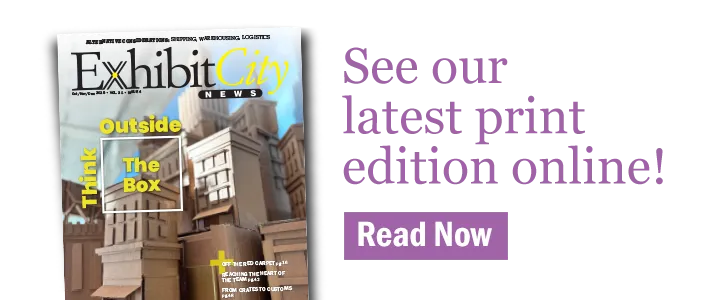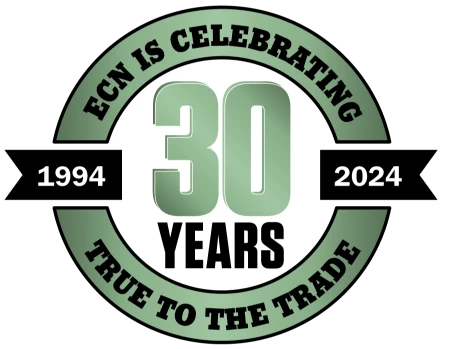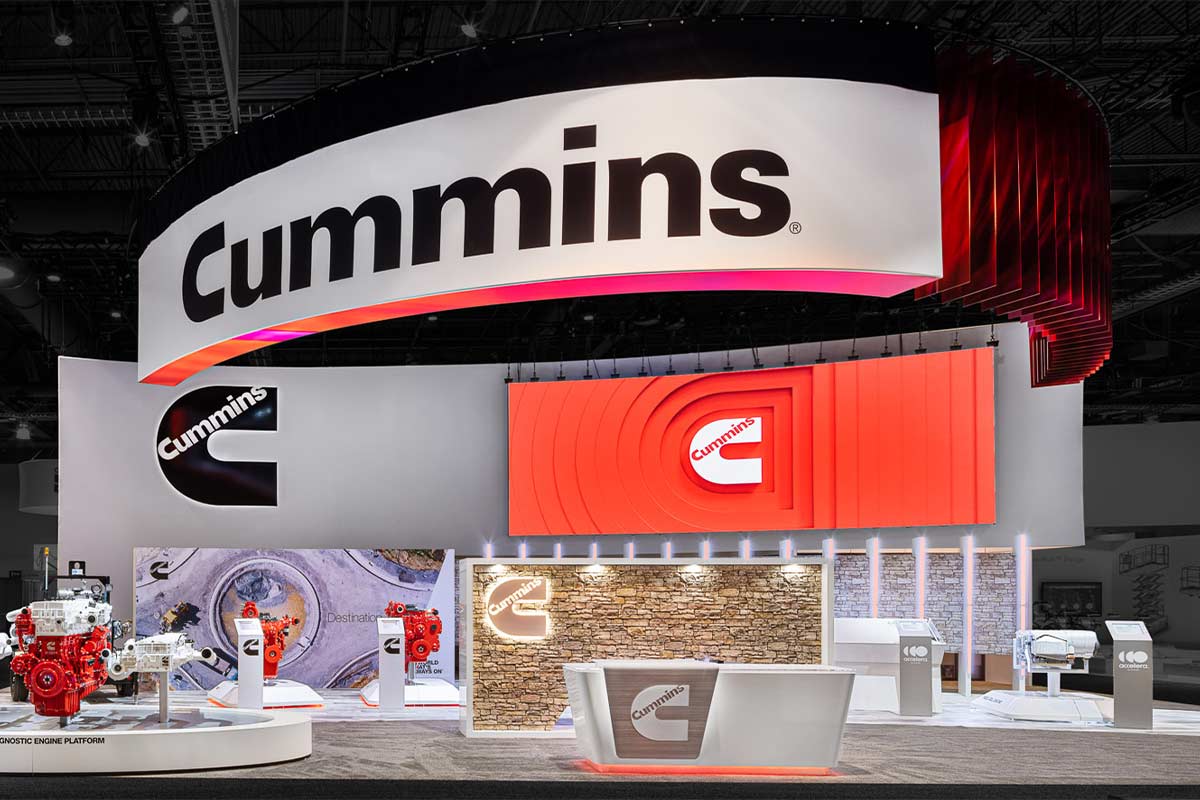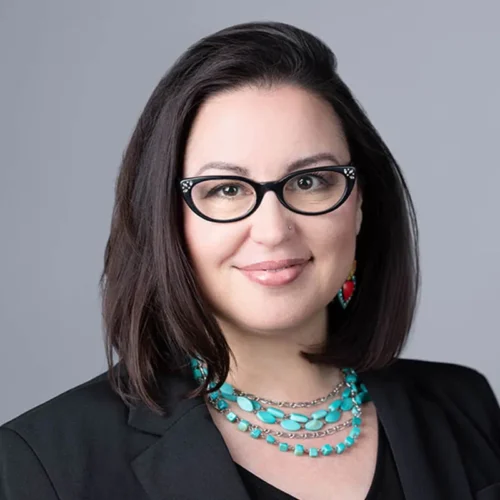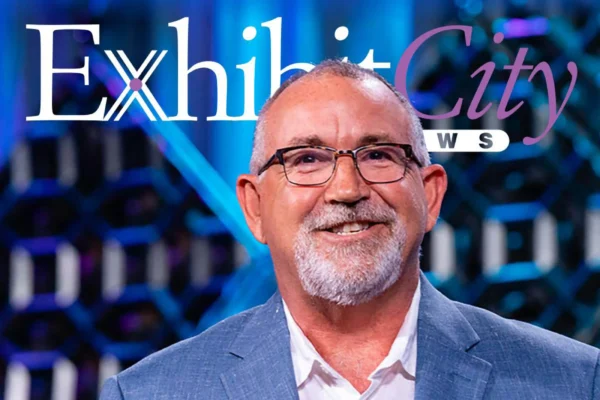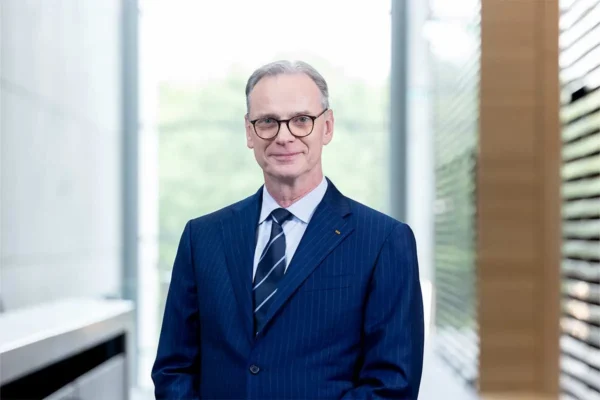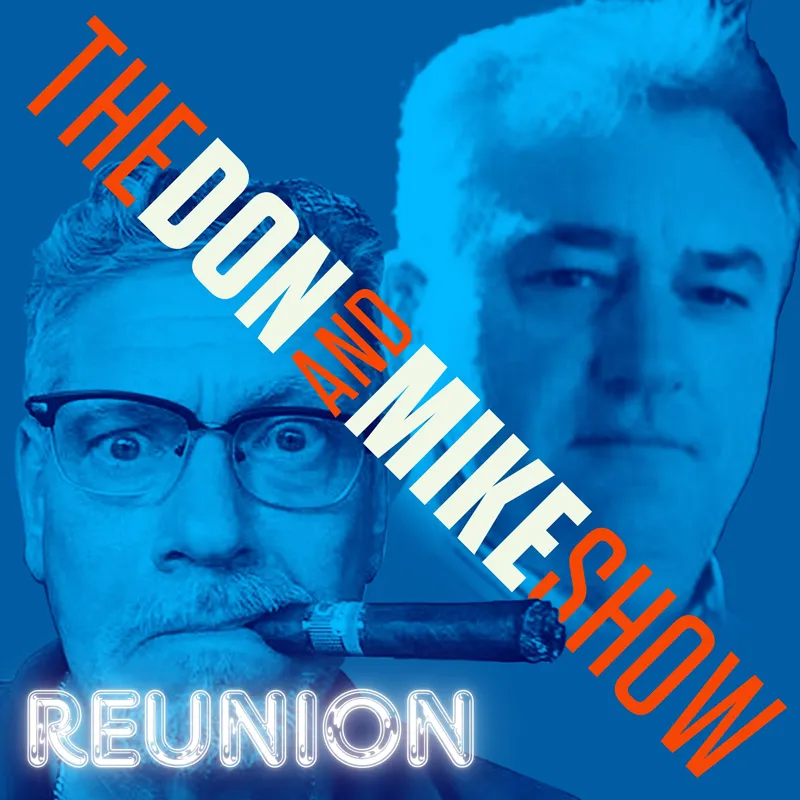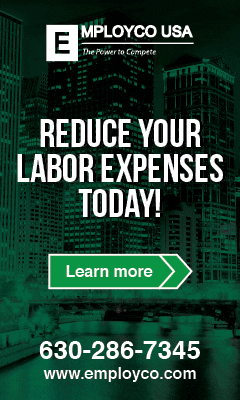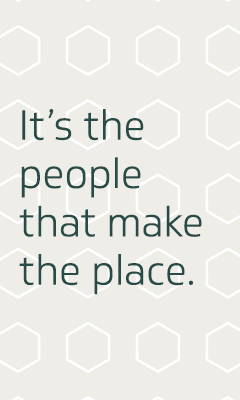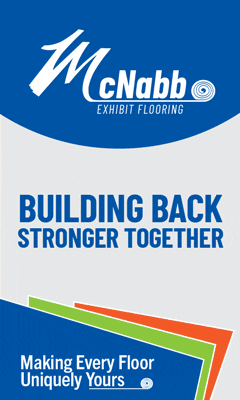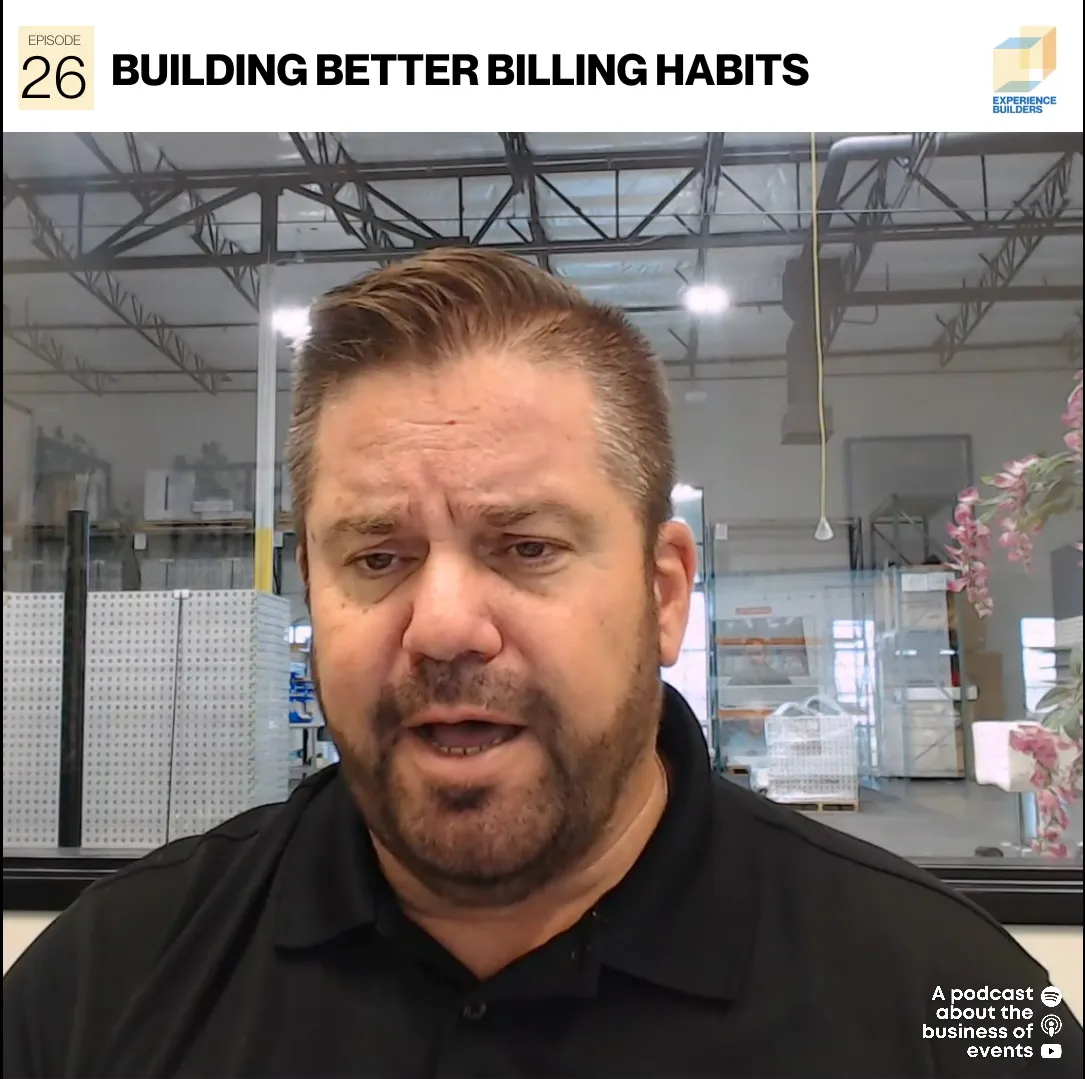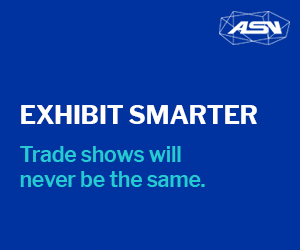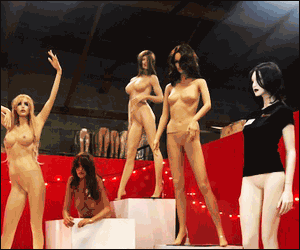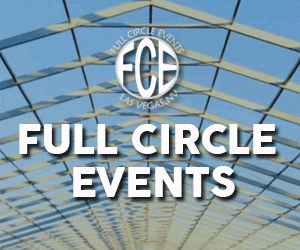How A Booth Idea Becomes Reality
When someone walks a show floor, they move through the valleys of dreams. Each towering booth surrounding them began as a myth. Every one of those legendary booths started as a magic bean of a need with a desire to become a beanstalk. Multi-show dossier, first-time exhibiting, rebrand, mandatory presence: the client’s odyssey may differ, but each booth started from a place of ambitious objectives. At the core is a revenue-driving quest that only a chosen few can conquer.
Exhibit houses are where ideas come to life. Like sorcerers who transform myths into legends, exhibit and event designers shape a nebulous concept into immersive experiences on a show floor. With just a few words and meetings, a fellowship forms to deliver on a client’s vision. The journey from goal to reality includes a dedicated cast of champions, a handful of magicians, and an army of talented team members who can spin an idea into gold. It is a passionate pilgrimage that starts with an unbelievable number of questions.
Chapter One: The Client’s Backstory
Every legend begins with an origin story. When imagining a booth’s epic journey as a myth that grows from spark to fruition, the story might unfold around a proverbial firepit. Stakeholders and decision-makers gather over glowing embers and declare,
“We want to build a booth!”
A chorus of shouts responds, “Here is the perfect plan for that!”
Goblets clink. Cue the fur-pelted backslapping as the perfect booth is built without any questions asked—end scene.
But it’s not that neat and simple. A booth’s journey from myth to legend involves an ever-flowing river of questions. Each step of the process demands soul-searching and answers, starting with a client’s internal conversation. Before stakeholders and clients meet with an exhibit partner, they should be able to answer a handful of design- driving questions that will determine the fate of their booth:
How many shows are you doing?
Who is your audience?
Why are you attending this specific show?
What do you want someone to feel?
Or the hardest of all: What’s your budget?
The thoughtful answers to these baseline queries will drive a booth’s look, feel, and price. When a client comes to the table armed with this kindling of critical details, it helps fuel the design process.
“One of the most important things is the pre-planning component. Start by having internal meetings to answer some of these questions before even getting involved with your exhibit partner,” advises Dana Esposito, EVP Strategy of BlueHive Exhibits. “If you come to the meeting knowing this information, your exhibit partner will be able to load you up with so much ammunition.”
Josh Frisbie, Vice President of Creative for Hamilton, agrees: “One of the first questions we want to know is, ‘Why are you going to the show?’ Knowing why they are going will drive the direction of the design itself.”
Chapter Two: The Partnership’s Quest for Discovery
Once clients understand their baseline needs, the quest to design the perfect booth can officially commence. This time, the exhibit partners are the ones asking the questions.
A legend takes shape when the exhibit partners dig into the client’s desired emotions and the booth’s functions. Some of these questions can be hard to answer, but exhibit partners are skilled at mining the precious gems that make up the booth’s potential. They are magicians at extracting information, even when the client can’t seem to answer. Each partner has their own way of getting to the heart of the client’s needs.
“I sometimes like to ask, ‘What have you seen that you don’t like?’” shares Esposito. “Everyone can say what they don’t like. They don’t always know what they do like.”
Frisbie asks clients to look beyond the show.
“I like to ask them to look into a future after the show ends and answer, ‘What was the one thing that happened that made the event successful?’” he said, “I’m not talking purely from a technical standpoint…more of a feeling.”
Regardless of how they mine the information, exhibit partners are alchemists who can weave that emotion into design. “We use design to solve problems,” Esposito states simply. “We make something beautiful and meaningful out of a challenge.”
Talented exhibit partners and designers understand the complexity of layering a brand’s story into a multi-sensory, emotional, and experiential environment. A memorable exhibit will tickle all the senses. “When you engage every sense of a human being, you can create a memory,” Esposito articulates. “You can imagine how powerful a tool that is. The whole point of being at a show and spending all of this money is because you want to be seen and have people remember you. Memory becomes learning.” But don’t mistake their role as strictly storytellers. Frisbie counters, “We’re more like story enablers. The way consumers are driven now, they don’t want to be told anything. You can’t force a story on them anymore.”
Exhibit partners and designers gather these nuggets of emotional drivers and add them to their basket of discovery before turning the probes to the more functional side of the booth design.
What is your booth size?
Do you need furniture?
Are you displaying products?
Will you have a demonstration area?
The list is long, but answering these practical questions brings the focus closer to the vision. “We don’t need a client to solve a problem for us. We want them to be really specific about all their booth needs and problems, and we’ll figure it out for them,” Esposito states. The deeper the dive, the more refined the results, especially when maximizing budget and sustainability.
Chapter Three: The Gold Purse (AKA “the B-Word”)
Every quest comes with a cost, and booth design is no exception. Understanding a realistic budget is crucial to legendary booth success. Those holding the gold sometimes prefer to keep the total budget close to the chest.
After decades in business, Esposito recognizes the move but assures it’s unnecessary. “Most clients have some idea of their budget. Sometimes they don’t want to share it, which isn’t the best strategy. Even if you tell me your budget is challenged, it’s at least a start for us. That means every part of the design has to be really smart and purposeful.”
A client’s financial transparency and budgetary understanding are essential for a productive budget conversation. Without these details, a booth cannot cross the threshold from myth to legend.
Budgets are best served in buckets, divided by show services, production, technology, engagement, and program management. Avoid the tricky concept of “all-in” when considering overall spending. “Everybody’s definition of ‘all-in’ can be very different,” Esposito warns. Frisbie agrees: “Understand your financial buckets and prioritize and weight your objectives. That’s a huge help because that will make a difference in how the strategy for the design unfolds.”
When a budget is divided into buckets, exhibit partners can help stretch the marketing dollars. Esposito expands: “We can help a client. If the content created for that show can be used in other shows or elsewhere in their marketing, they might have access to more marketing dollars and storytelling tools that they didn’t think would be possible in a one-show budget.” That approach is similar to Frisbie’s: “If there is a tie-in with their larger marketing effort, our designs can be more purposeful to connect to that bigger picture.”
An exhibit partner’s goal is to help clients maximize their budget, not increase it. They defend the client’s legend. This staunch commitment to protecting a client’s vision and budget can even help guide a client away from unnecessary spending.
Every legendary tale includes a section where the heroes can get distracted by all the bells and whistles along the way. A dedicated exhibit partner will ask, “Why do you want that?” to ensure clients spend their money wisely, especially for big-ticket items. “For example, don’t use technology for technology’s sake,” Frisbie advises. “If your audience isn’t the type to engage with a touchscreen, don’t use one. It’s a lot of wasted money if you’re investing in it and no one uses it.”
Exposito underscores this: “The money should be good money into good design. We love making things, but we also want the things to be made—and used—more often. We want your designs to have great visibility and usability.” And if a client still wants the shiny object? “As long as I try to protect them and they want to make that decision, I am on board. We simply want to use their dollars as wisely and responsibly as possible.”
This tango of trust-building between a client and an exhibit partner eventually builds into a partnership. The legend gets its legs and dances into production.
Chapter Four: The Production of Building the Legend
When a booth moves from handshake into production, it begins its journey toward physical manifestation. The rapid action after a partnership is formed is dizzying. The extraordinary amount of pre-design research and discovery is unleashed into a fantastic voyage with significant deadlines.
Unless it is a pre-designed, true portable exhibit, most booth builds are customized, which requires considerable production time. “It’s extremely important for clients to understand the project timeline. Production needs at least 10 to 12 weeks, which doesn’t include the design portion,” cautions Esposito.
Designing a booth is a process in and of itself. Sketched booth concepts, white models, and rounds of revisions bring the booth to life on paper. This refinement process can last several weeks. Once a final design is approved, the rubber meets the proverbial road as dozens of parallel departments begin working in tandem on the project.
The first stop in production is engineering, where teams construct the booth realities. More questions are asked:
What materials is the booth made from?
Is it free-standing?
How heavy will it be?
What are the exact dimensions of the graphics?
Engineers answer these questions and more as they design the booth for installation and shipment. These geometry wizards craft the build while also reverse engineering it to fit into 4’x8’ jigged crates, which helps keep shipping costs as tight as possible for the client.
Meanwhile, a myriad of other departments have sprung into action. (This is the scene in the trilogy where the evocative workshop montage begins. If you listen closely, you can almost hear the hammers clanking as fists form the myth into reality.)
Most readers would be stunned to learn how many halls a booth design passes through on its way to legendary status. Depending on the exhibit house, the client team of account executives, designers, account managers, and engineers can swell to include representatives from over twenty different departments.
The list of possible enablers unfurls like a scroll.
Estimators keep a handle on the costs. Strategists keep an eye on the client’s objectives. The creative team is unleashed, including 3D exhibit designers, client strategists, graphic designers, digital designers, producers, and digital strategists. Production teams, including carpenters, crate builders, painters, and dry-set teams, raise their brushes and hammers. Graphic departments and their teams of production designers, printers, vinyl cutters, applicators, and content managers breathe the brand’s fire into the booth. Shipping and labor departments and their crews of packers, shipping personnel, and fleets of vehicles carefully pack and truck the booth to its showcase. When the booth is finally delivered, a new team is ready to receive it. Show on-site labor (I&D) unloads and sets the structure while a host of on-site supervisors ensure the booth’s ascension to its final, glorious, crowning state.
The quest is complete.
Epilogue: The Legend Continues
The lifecycle from myth to legend is nothing short of cinematic. The tale is full of questions, ambitious goals, boundless imagination, balancing acts, and legions of champions faithful to a client’s objectives. Like every epic adventure, it is the story of fellowship, a role exhibit partners take to heart.
“We are really an extension of the client’s marketing team,” summarizes Frisbie. “We are designing with their audience in mind. We have to be more specific and purposeful for them to hit their target.”
“This is a relationship built on trust,” Esposito asserts. “The design should be beautiful. A good partner can also explain why the design is smart. As a client, I would want to know how my dollars are being used respectfully, properly, and intelligently.”
The cycle of myth to legend is never-ending. The sun will continue to rise on a new day of client goals, and the ever-flowing river of questions will churn. As each show ends and another begins, every conquered legend becomes a prologue to the next extraordinary quest.
This story originally appeared in the Q2 2025 issue of Exhibit City News, p. 16. For original layout, visit https://issuu.com/exhibitcitynews/docs/exhibit_city_news_-_apr_may_jun_2025/16.



